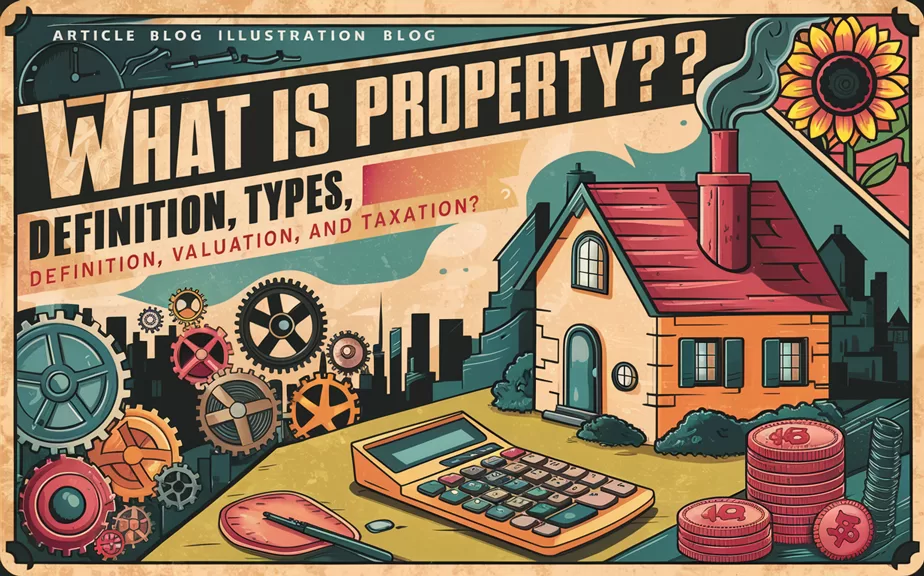Understanding Real Property
Real property refers to a parcel of land and any structures permanently attached to it. Ownership of real property grants a variety of rights, including the ability to possess, sell, lease, and enjoy the land. Real property can be categorized into several types: residential, commercial, agricultural, industrial, or special purpose. Knowing your rights in connection with your property is essential, especially when you intend to sell or lease it.

Key Takeaways
- Real estate includes land and everything permanently attached to it, both natural and artificial.
- Real property is synonymous with real estate for practical purposes but is a broader term that encompasses ownership rights.
- Personal property includes movable items like clothes, cars, and furniture, which don’t fall under the definition of real property.
Defining Real Property
To fully grasp what real property is, let’s start with the basics: land and real estate. Land extends from the earth’s surface down to its center and up to infinity, including all naturally attached elements like trees, water, and minerals.
Real estate, on the other hand, refers to the land and any permanent additions to it, whether natural or man-made. This includes streets, utilities, fences, and buildings. Real property is a broader concept that encompasses both the physical land and everything permanently attached to it, plus the rights of ownership.
Each state has specific laws regarding the definition and sale of real property, but federal laws generally do not govern real estate because it does not cross state borders.
Estates in Real Property
The interest a person holds in real property is known as an “estate in land.” Estates in land are divided into two main categories: freehold estates and non-freehold estates.
Freehold Estates
Freehold estates signify ownership and can last indefinitely. Common types include:
- Fee Simple: The highest form of property interest, offering unlimited duration and full rights, passing to heirs upon the owner’s death.
- Life Estate: Limited to the duration of the owner’s life or the life of another specified individual. Unlike fee simple estates, life estates are not inheritable.
Non-Freehold Estates
Non-freehold estates involve leases and do not imply ownership. They include:
- Tenancy for Years: Created by a lease with a specific start and end date, terminating automatically at the end date.
- Tenancy from Period to Period: Automatically renewable unless terminated by either party with prior notice.
- Tenancy at Will: Can be terminated at any time by either the owner or tenant.
- Tenancy at Sufferance: Occurs when a tenant remains on the property without legal right after the lease has ended, differing from a trespasser only in that they originally had the right to be there.
Real Property vs. Personal Property
Real property is immovable, including the land and anything permanently attached to it, as well as the associated rights. Personal property, however, is movable and includes items like clothes, furniture, and vehicles.
Real Property vs. Real Estate
While the terms real estate and real property are often used interchangeably, real property is actually a broader term. Real estate refers to the land and everything attached to it, while real property includes the land, permanent attachments, and ownership rights.
Examples of Real Property
Examples of real property include natural formations like hills and ponds, as well as man-made additions such as houses, driveways, and sheds. Ownership of the land and structures gives you the right to use, manage, and dispose of them, though these rights are regulated by state and local laws.
Is a Car Real Property?
No, a car is considered tangible personal property because it is movable. However, similar to real property, a car can secure a loan, as seen with car loans secured by the vehicle, akin to how mortgages are secured by houses.
By understanding these distinctions and definitions, you can better navigate the complexities of property ownership, rights, and responsibilities.

Roger Varley is a seasoned financial expert with over two decades of experience and an MBA from Harvard Business School. He specializes in commodity trading and portfolio diversification, and has authored several bestsellers that simplify complex financial concepts for investors. Residing in New York City, Roger continues to share his knowledge through his writing and lectures at financial conferences worldwide.



